Crowding of teeth
Crowding of teeth
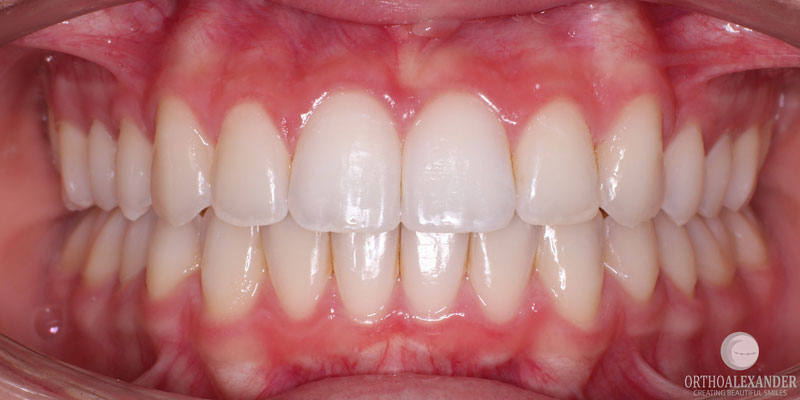
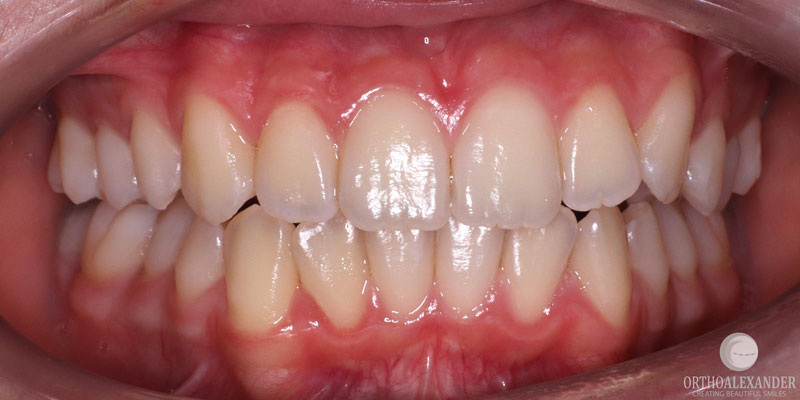
Crowding of teeth
This is one of the most common diagnoses orthodontists treat. There are many ways that crowding can be corrected, for example: early expansion, interproximal reduction, correcting upright teeth, extractions, and newer skeletal expanders for adults.
Treated with Invisalign Teen
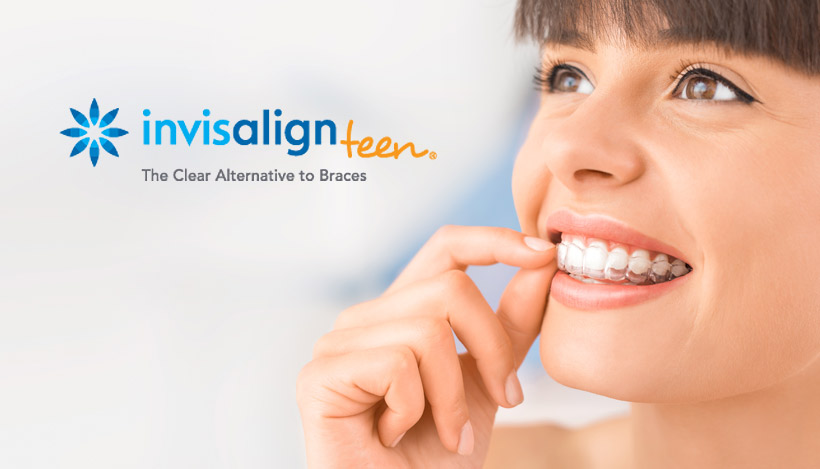
Openbite: Front teeth don’t touch
Case #1

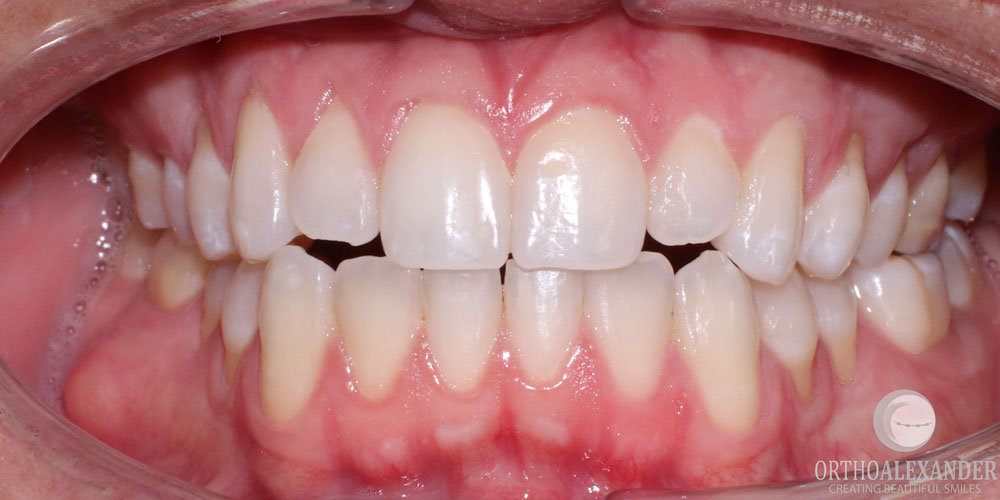
Case #2
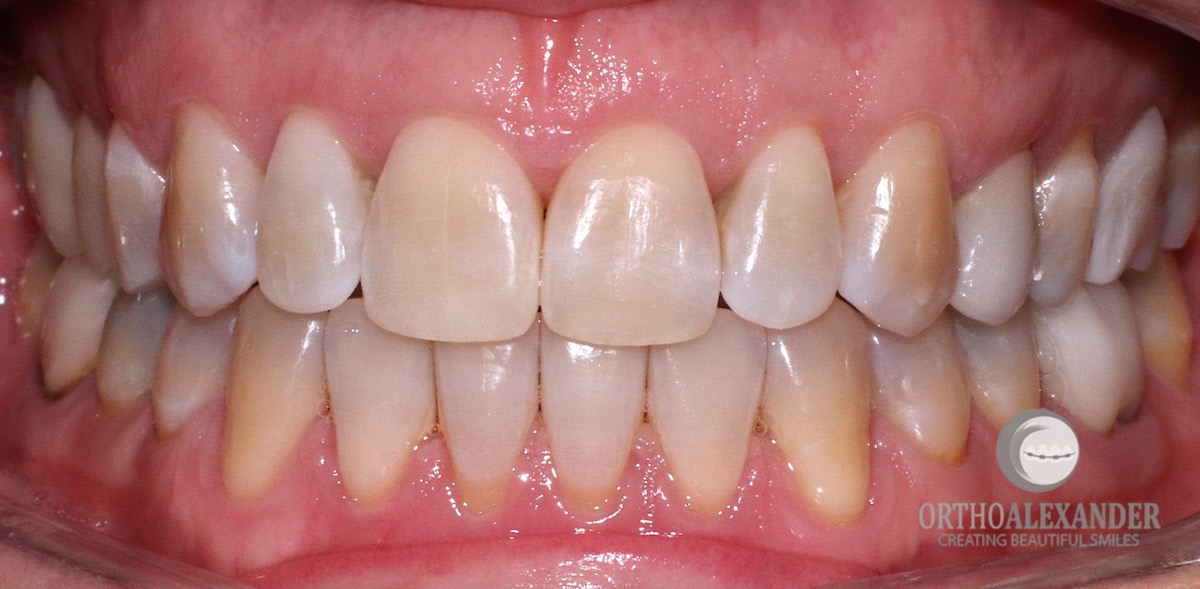
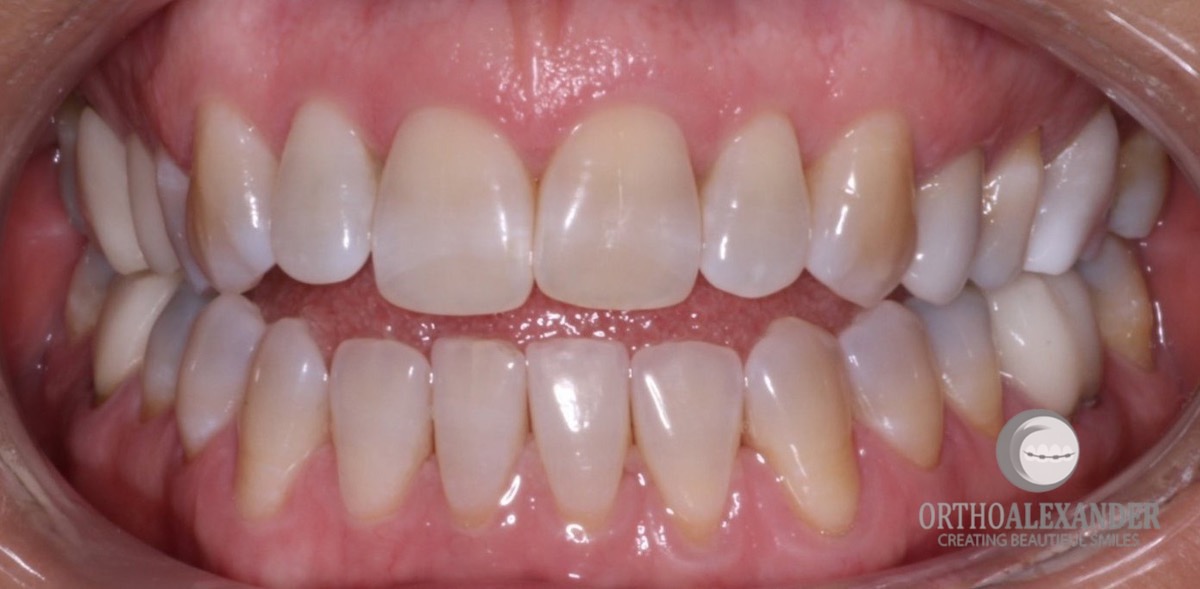
About this treatment
Open bites present one of the most difficult malocclusions for orthodontists to treat. While there are many causes for open bites the one that has the most impact on your overall health, relates to a compromised airway. When an airway becomes compromised, patients usually become chronic mouth breathers.
Chronic mouth breathing is one way in which an open bite can form as the teeth and jaws develop from childhood to adulthood.
(Dr. Drew and Randy Alexander will help you to determine the cause of your open bite and the best treatment option to help you obtain your desired smile.)
Underbite: Lower front teeth in front of upper teeth
Underbite
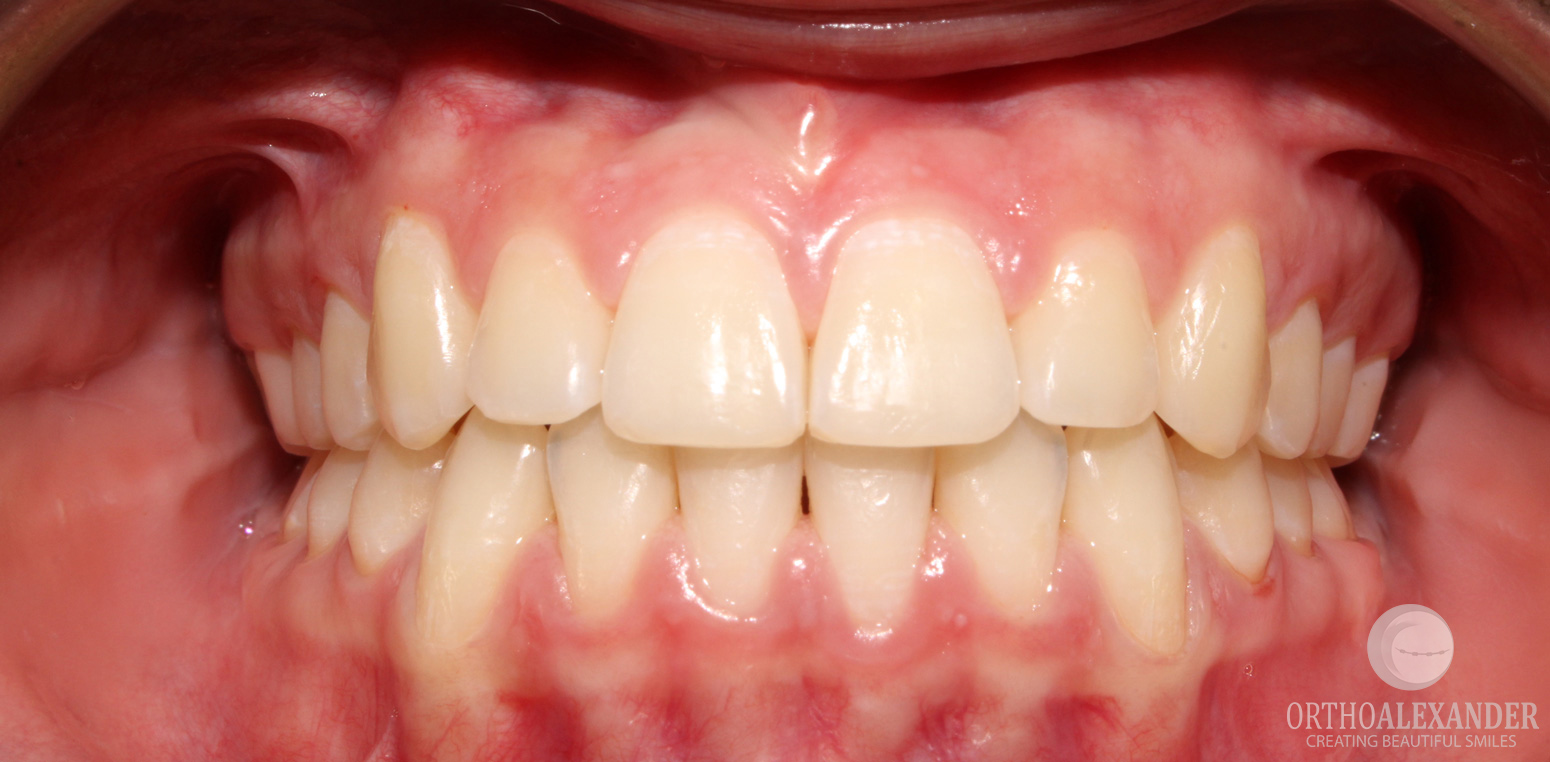
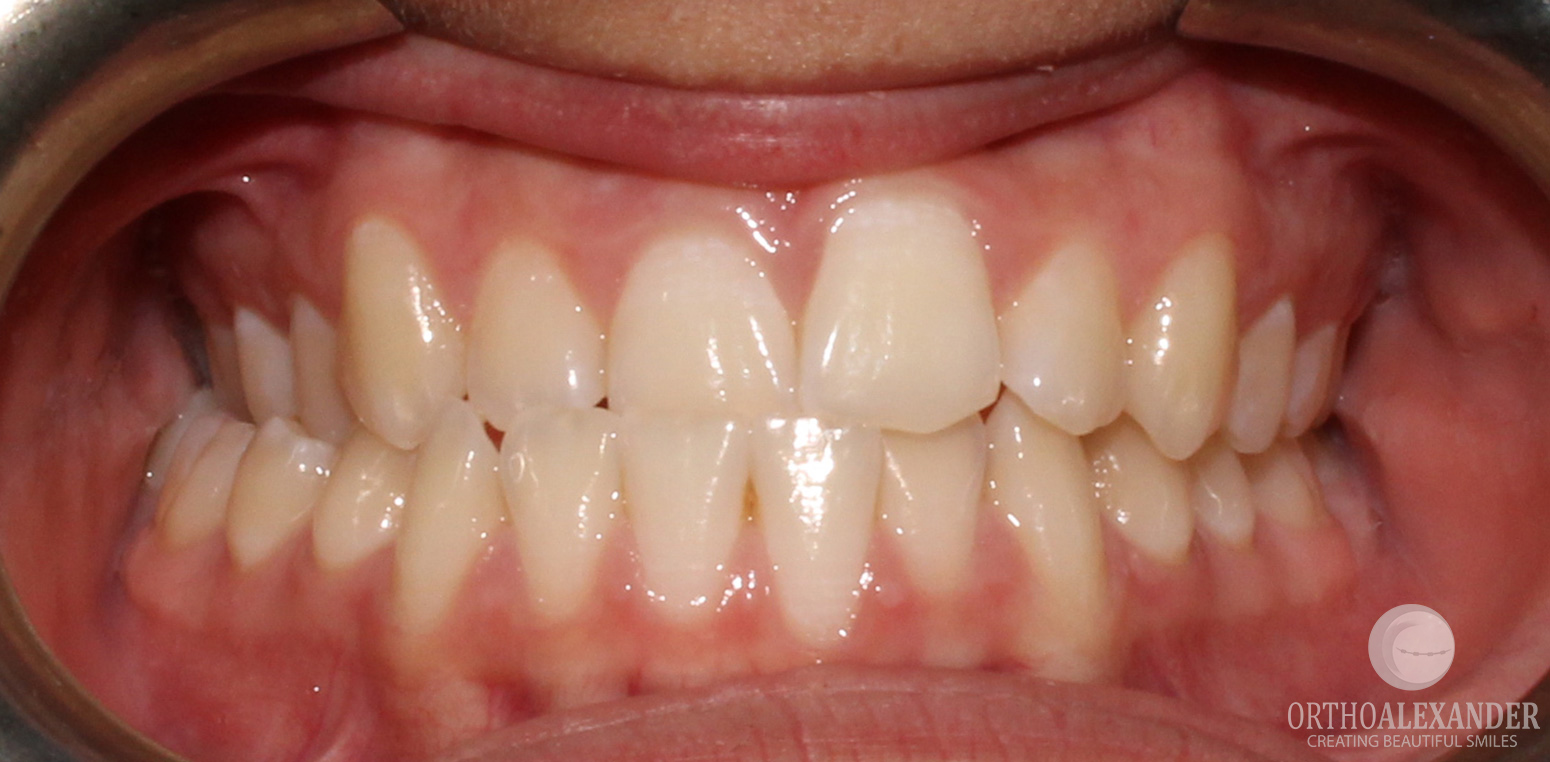
About this treatment
Treatment mechanics- Upper and lower braces, rubber bands to align the bite and 20 months of treatment for this female teenage patient. If this type of bite is left untreated it can lead to jaw joint discomfort and excessive wear patterns on her teeth.
Small upper lateral incisors built up with dental composite
Anterior-Occlusion
Case #1
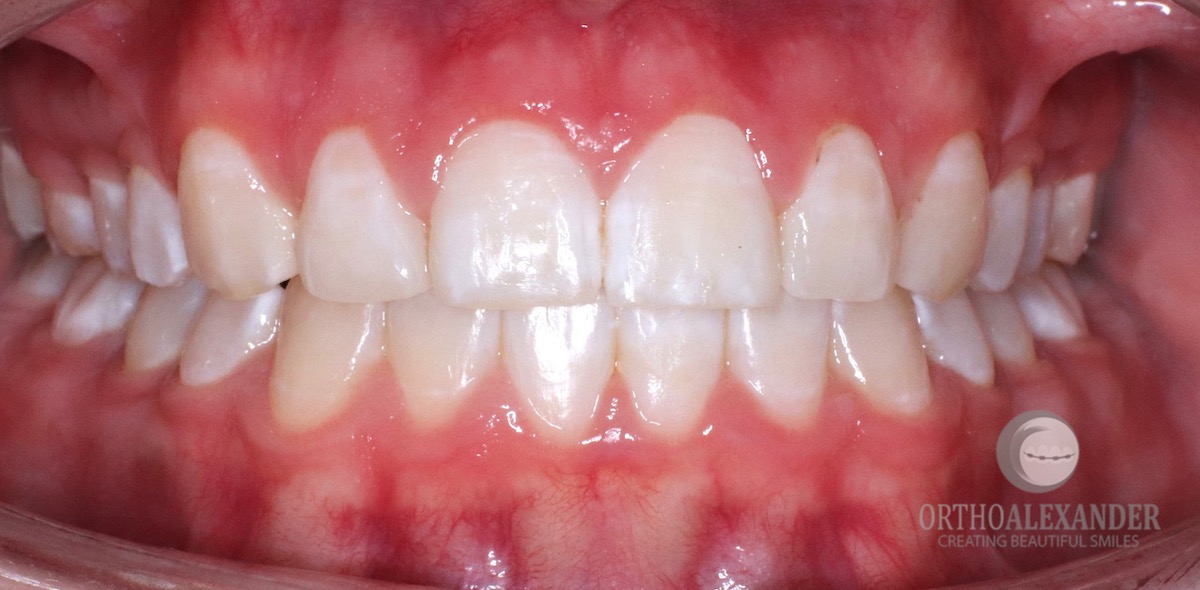

Anterior-Occlusion
Case #2
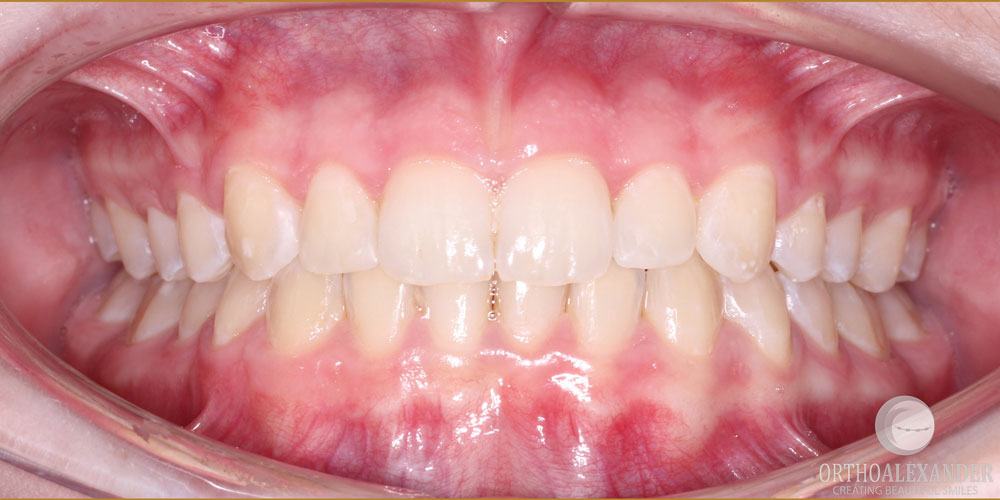
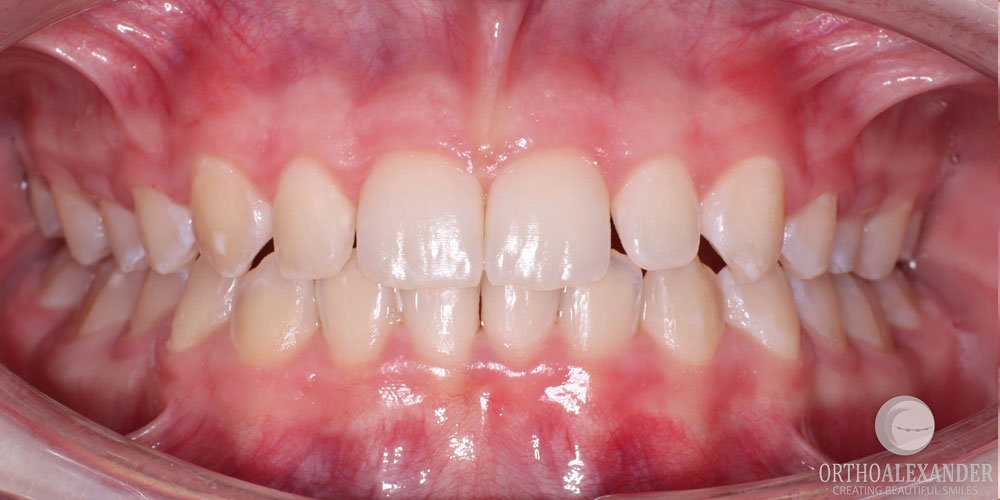
Upper-Occlusal
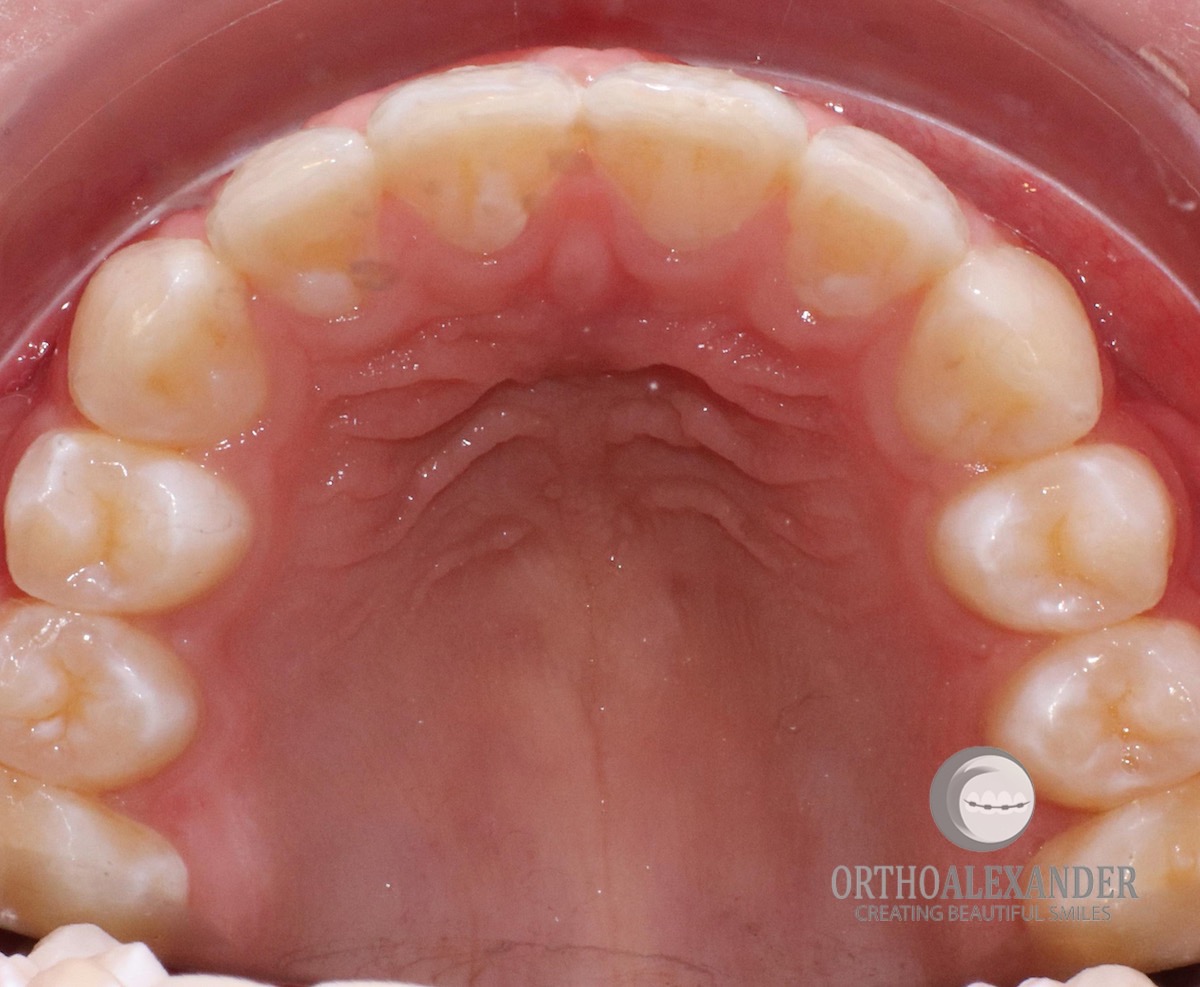

Deep Bite
Case #1
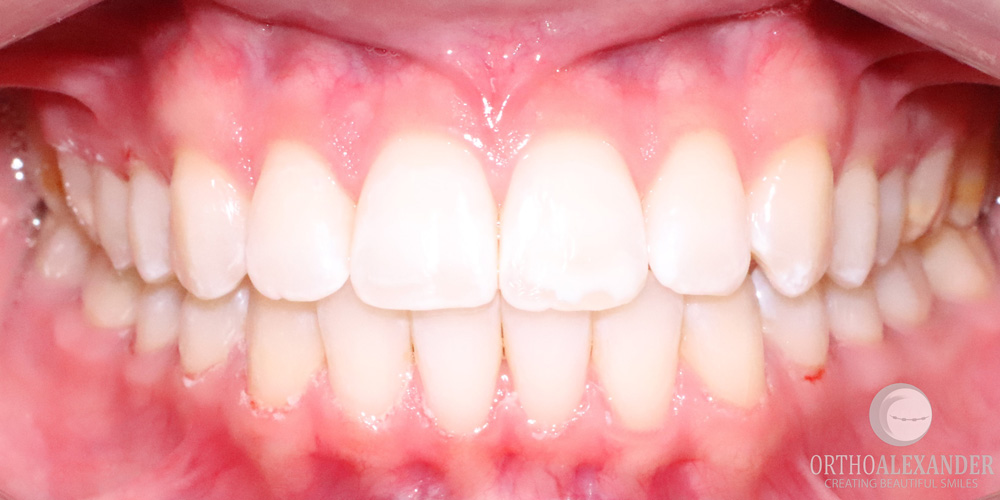
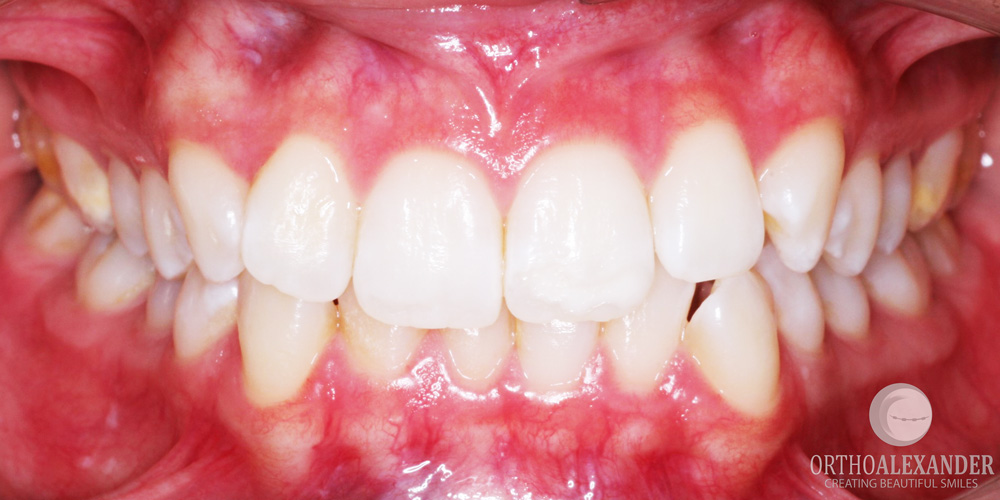
About this treatment
Underbite class III
Case #1

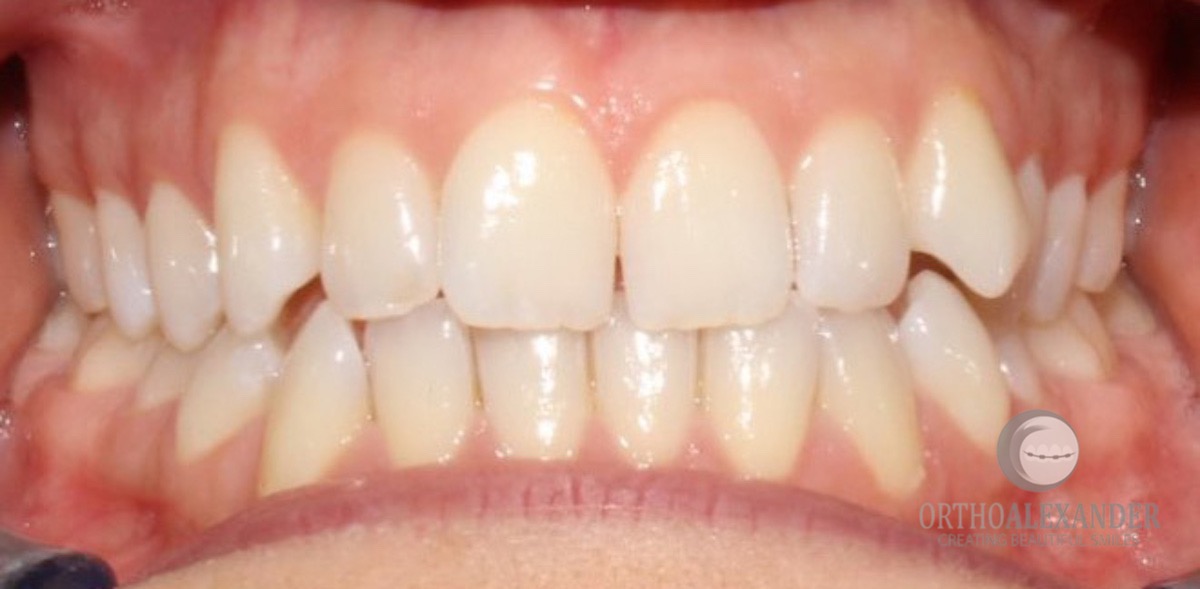
Anterior Occlusion

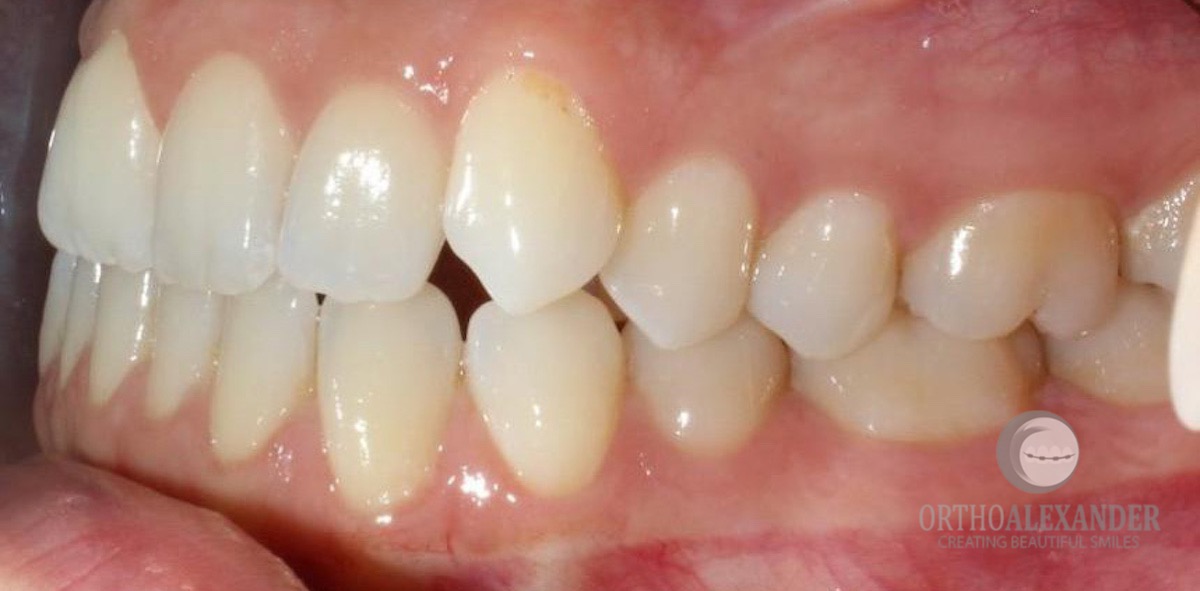
Case #2
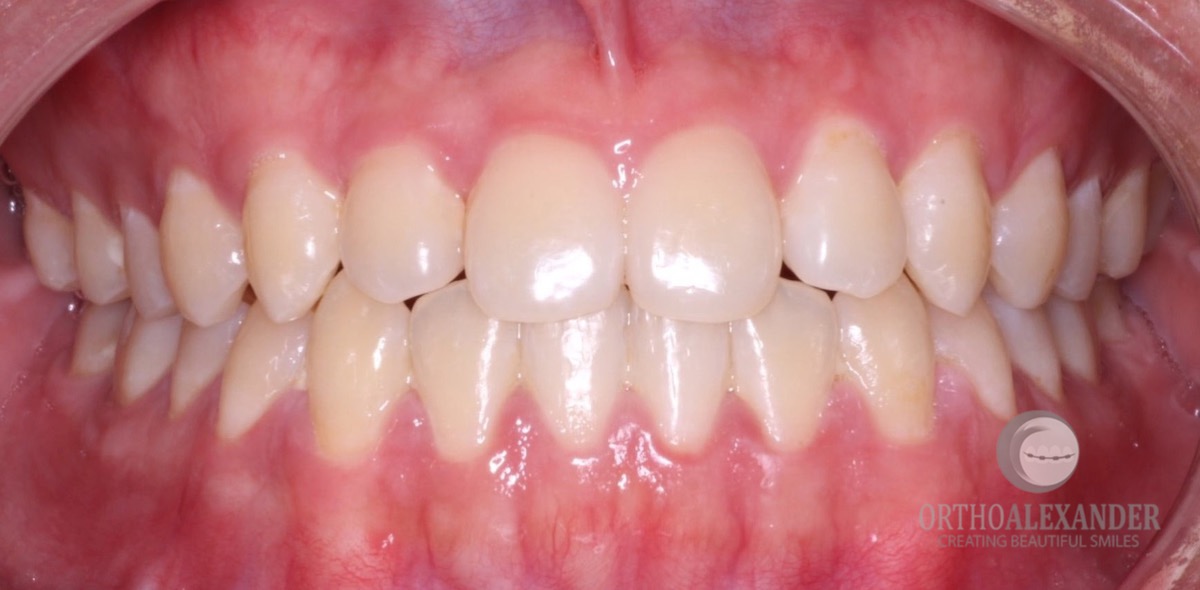
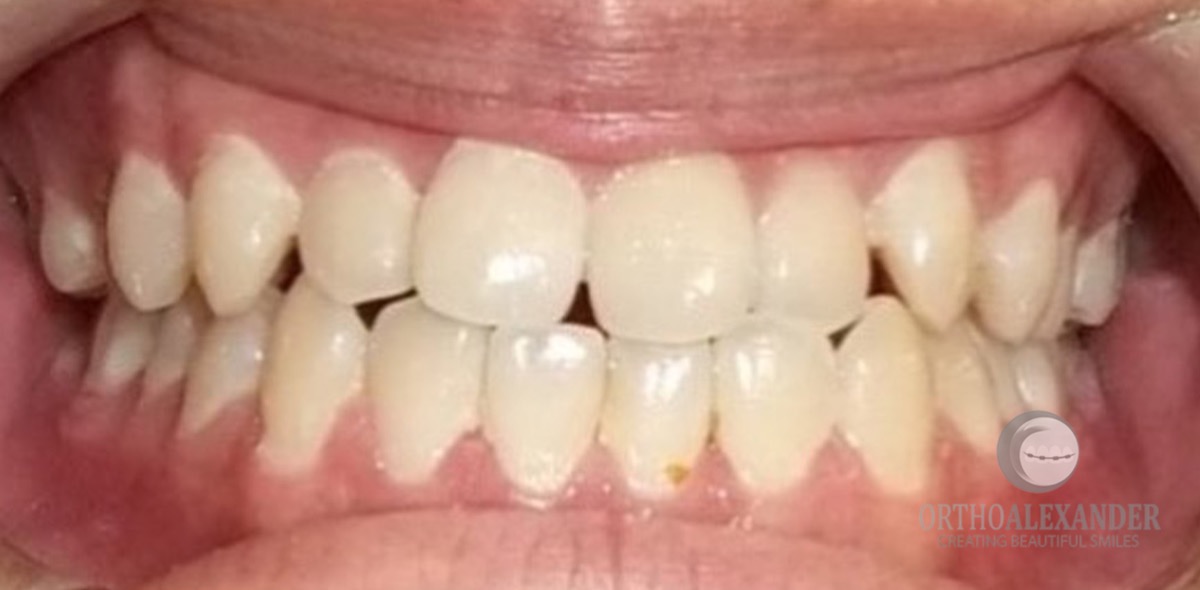
About this treatment
Patient was treated with Invisalign, IPR (Interproximal reduction), and rubber bands to align the bite

Spacing of teeth
Anterior Acclusion
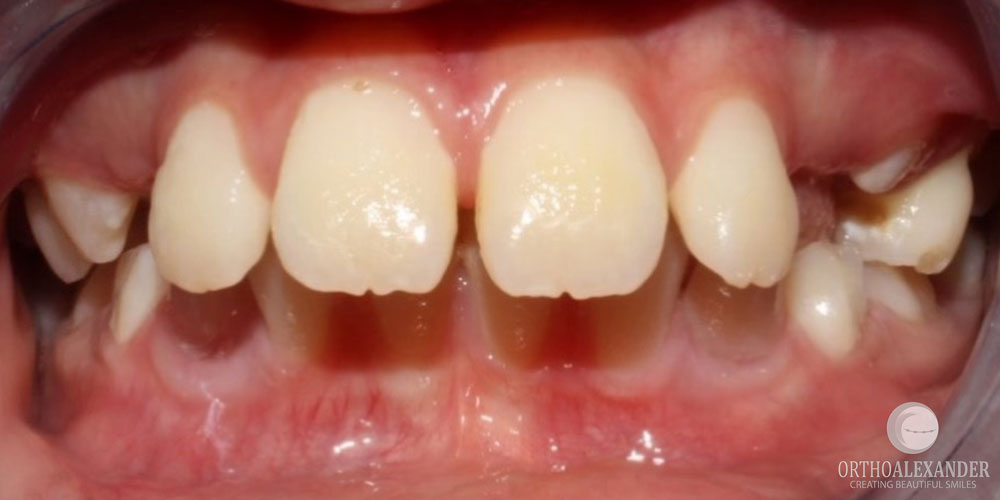

Right Acclusion
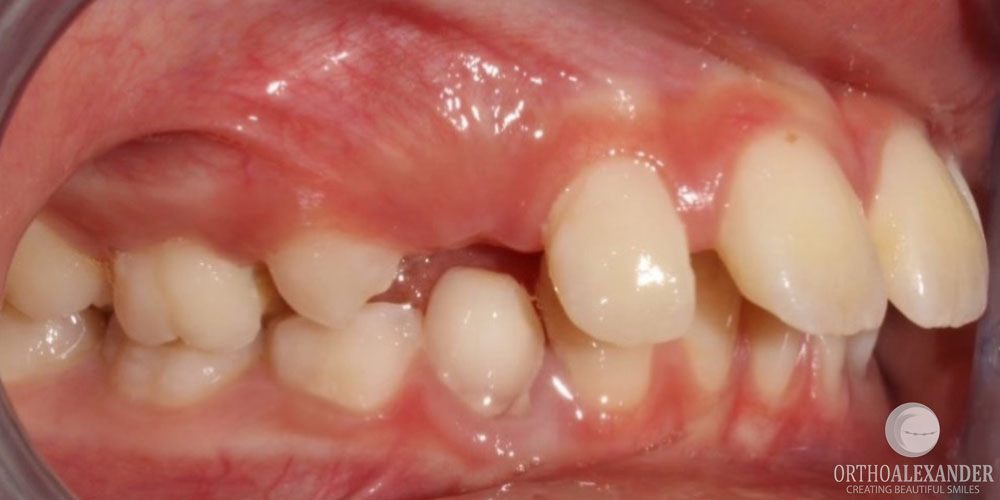
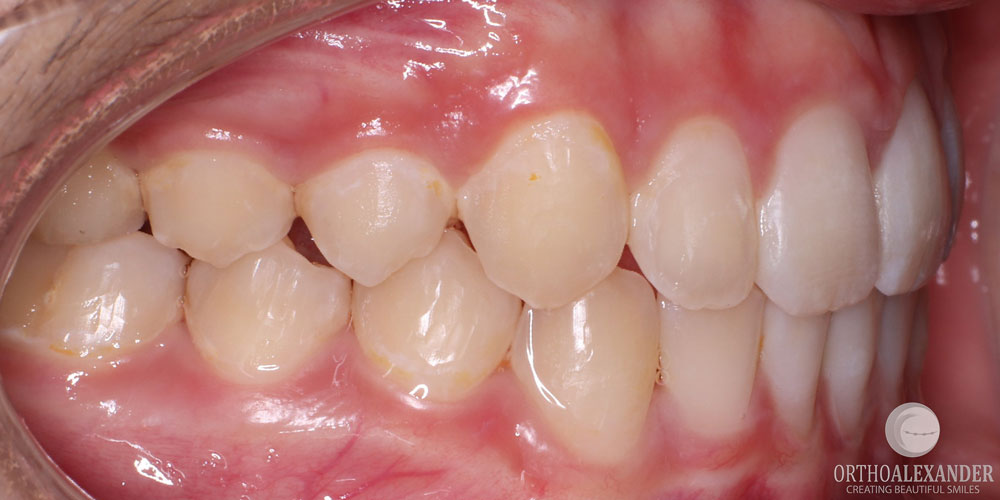
About this treatment
Patient was treated with two phases of orthodontic treatment, first phase included expanders and braces and the second phase included Invisalign teen and rubber bands to align the bite.

Excessive overjet: Protruding front teeth
Case #1
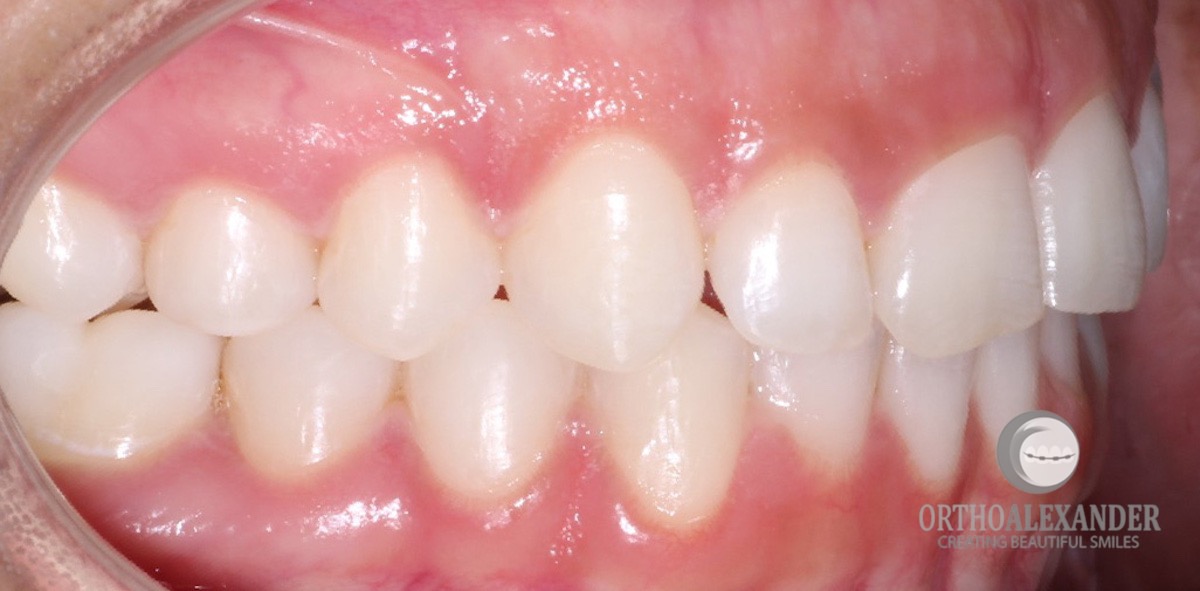
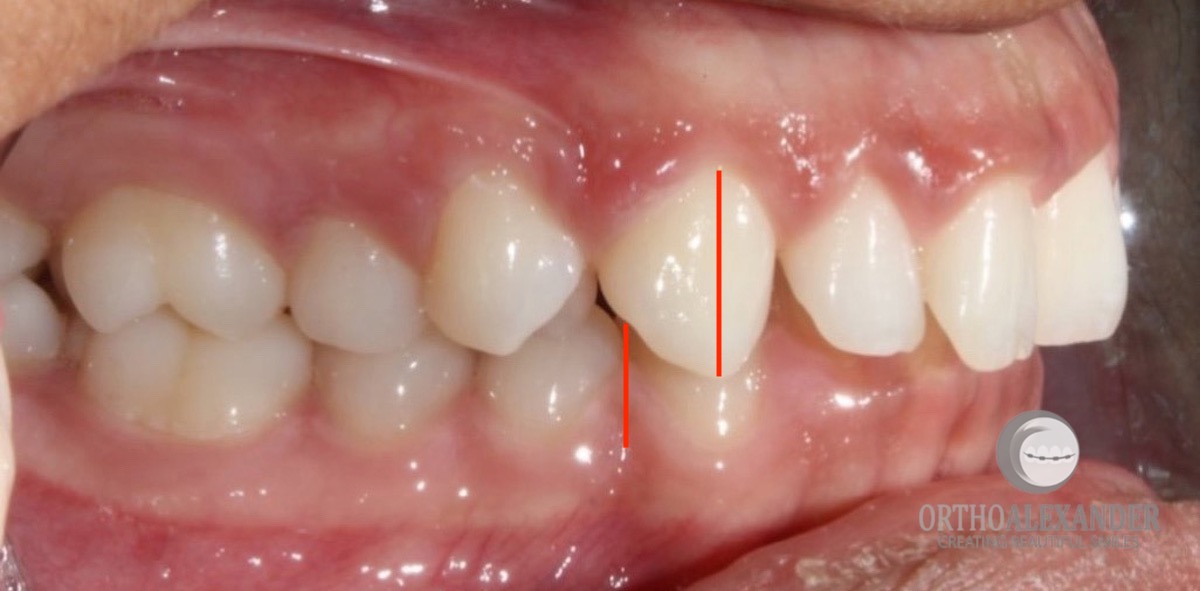
Case #2
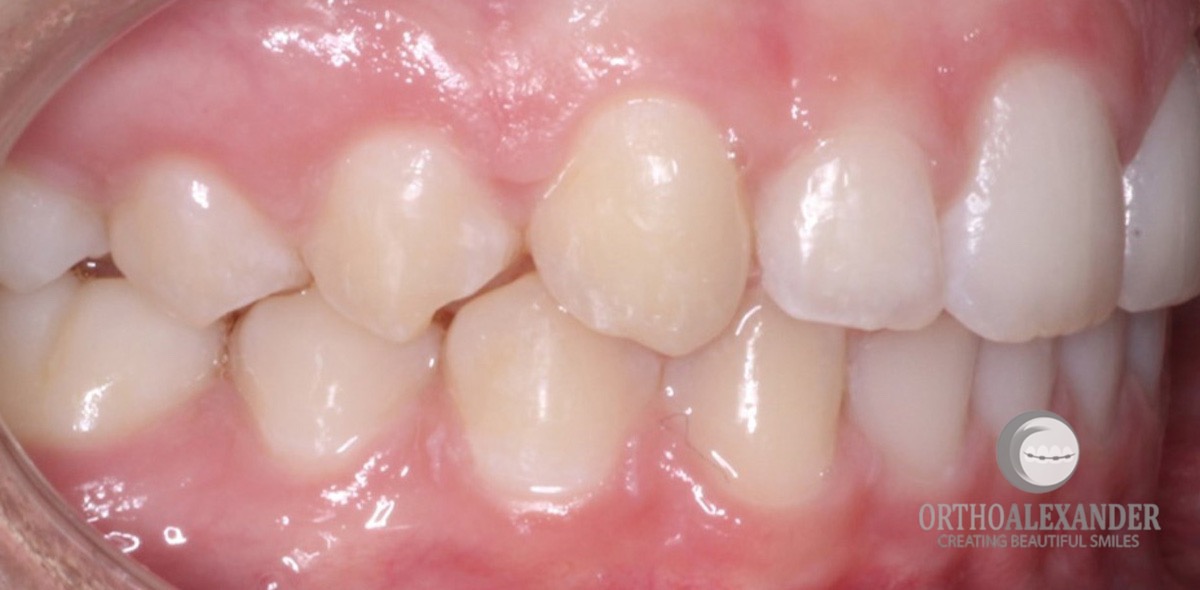
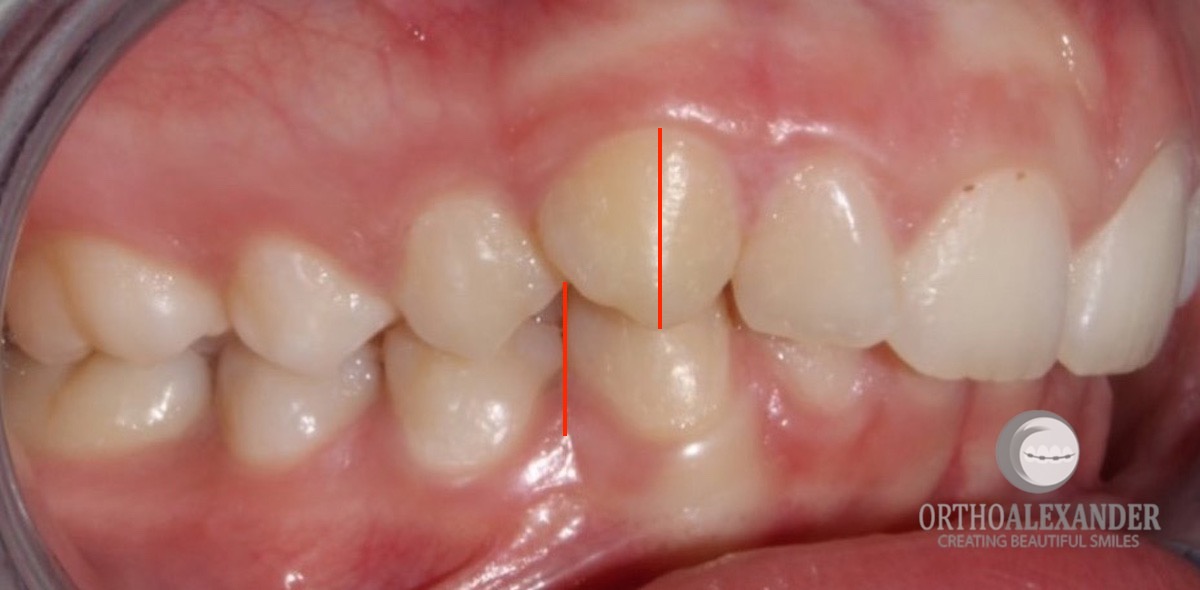
Case #3
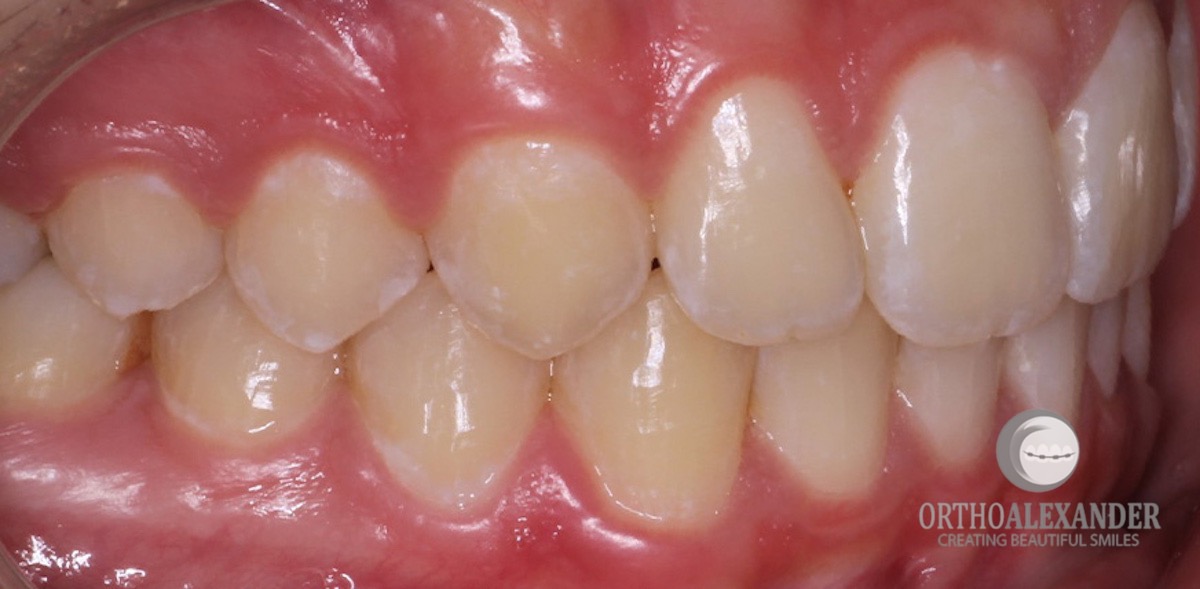
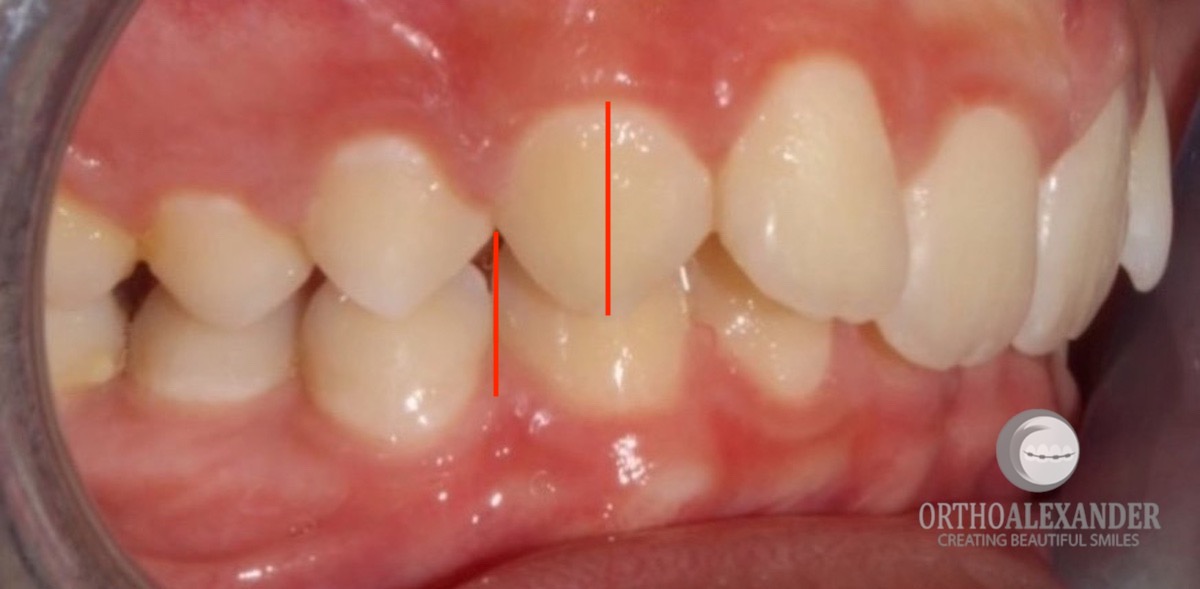
About this treatment
At age 10, patient had a big overbite with the top teeth protruding beyond the bottom. She had two phases of treatment. The first helped her jaws to grow more harmoniously and the second aligned her teeth and bite. At age 13, she was proudly displaying her new smile.
Surgical orthodontics
Surgical orthodontics
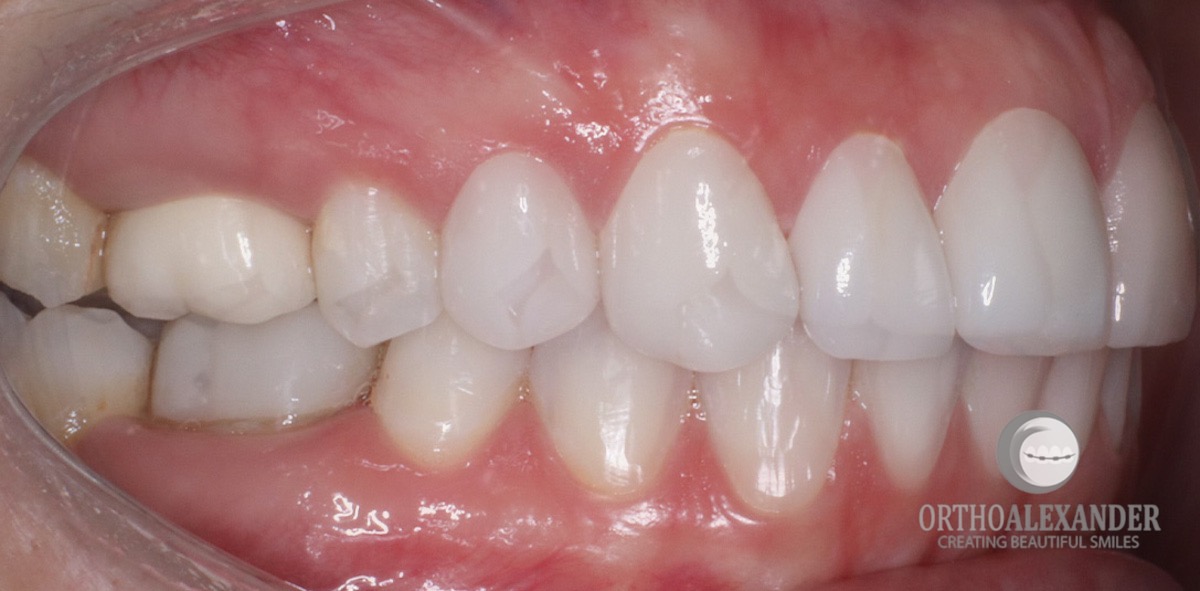

About this treatment
Orthodontic problems that involve a patients facial profile and skeletal jaw structure to a degree that is beyond correction with tooth movement alone require the teamwork of both an oral surgeon and an orthodontist to help achieve an ideal correction. In this case the surgery was performed in the upper jaw to help close down the patients anterior open bite. This treatment took approx 18 months to complete. 12 months before the surgery date and approx 6 months after her surgery was completed.
Invisalign Adult cases
Case #1
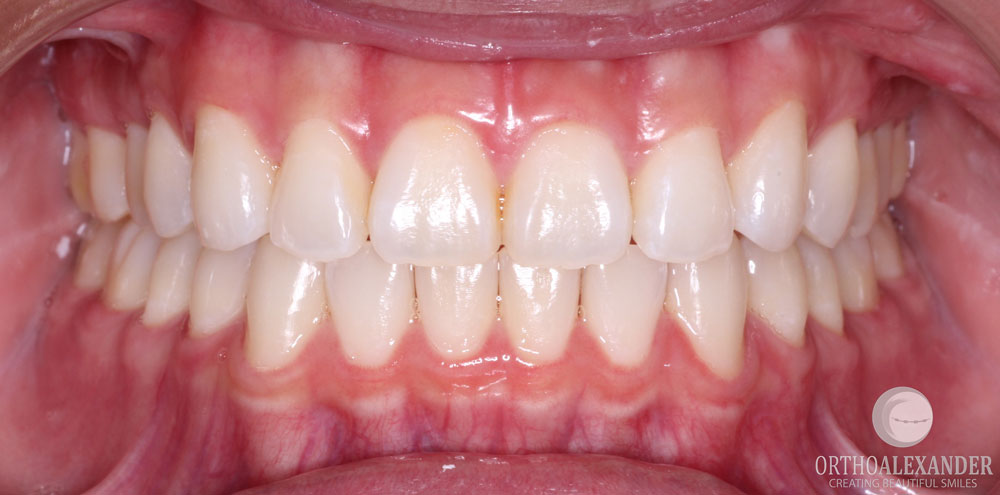
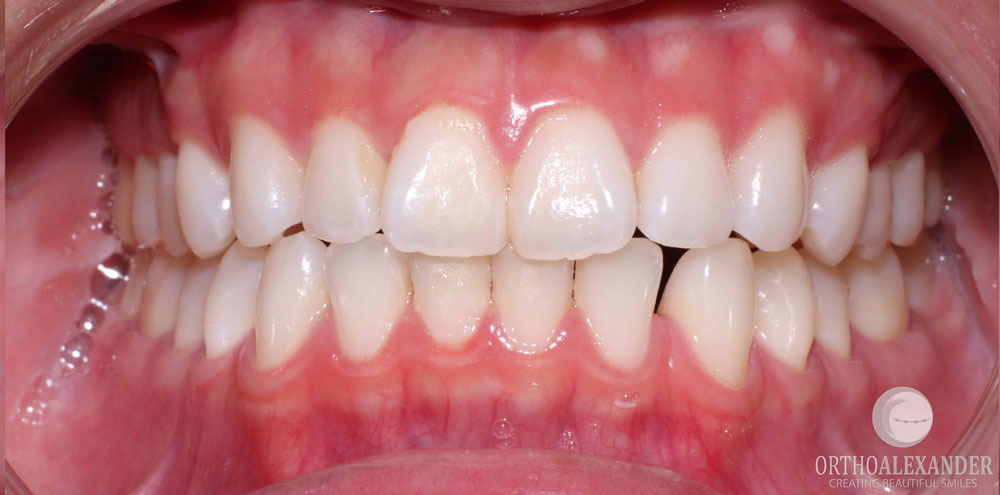
Case #2
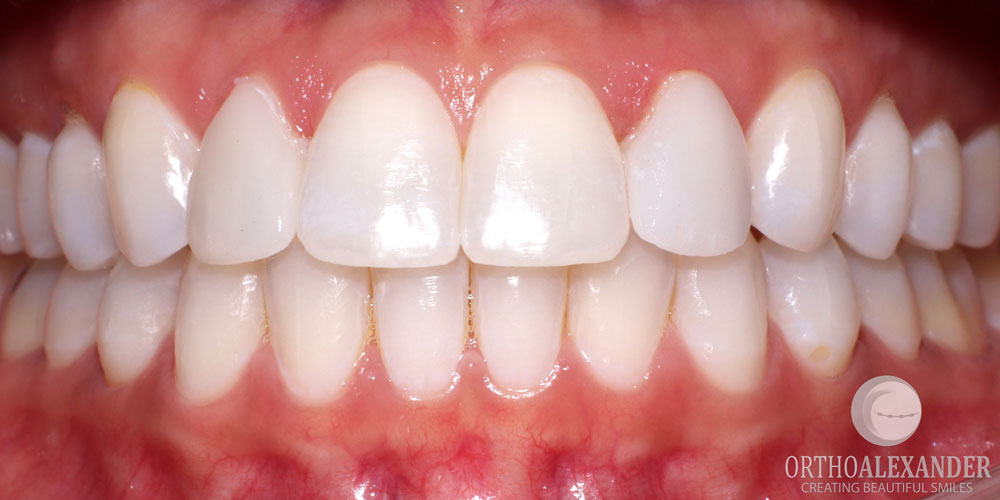

Case #3
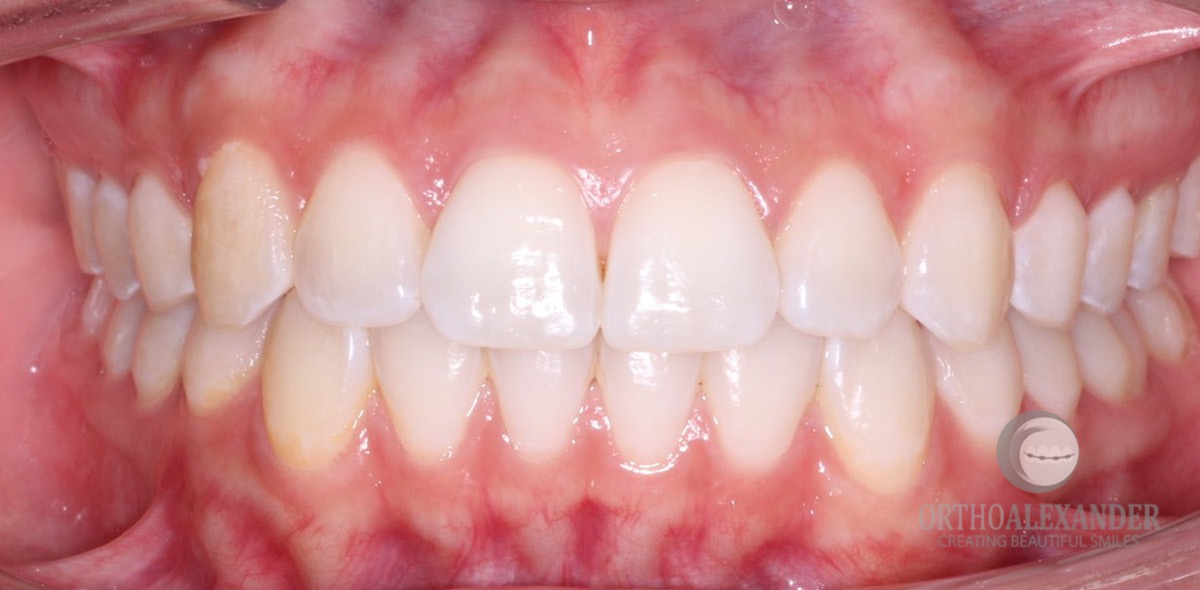

Phase I
Phase 1
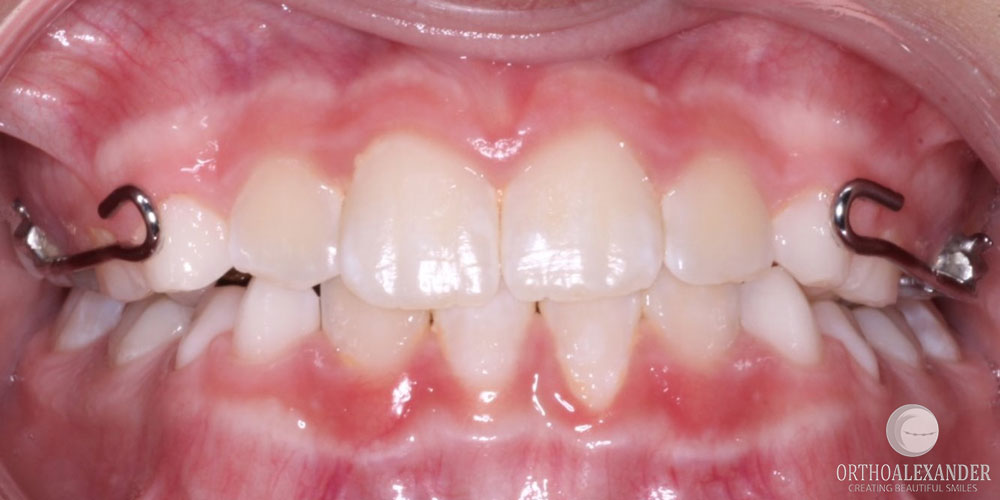
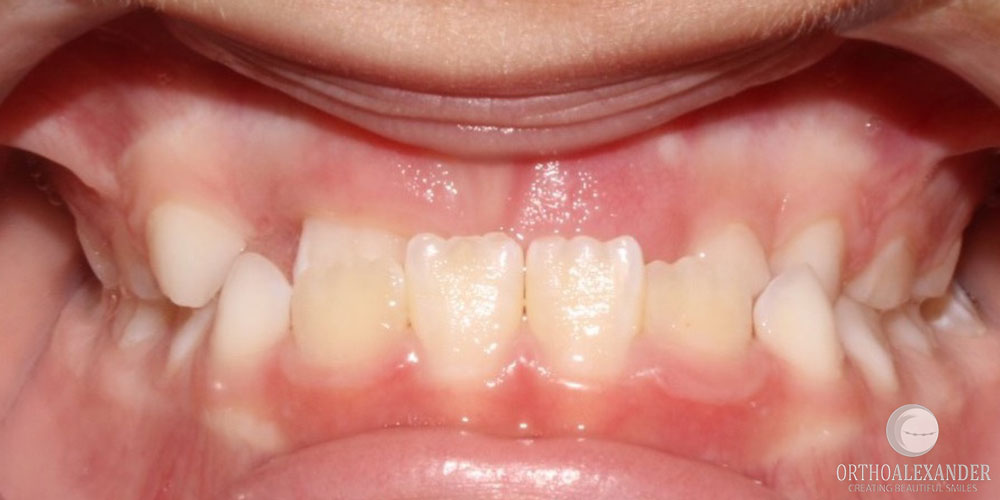
About this treatment
Treating underbites in young children are one of the many benefits of early phase 1 treatment. This young girl was treated with a palatal expander, partial braces and a facemask. Treatment length: 12 months
Why you don't want to wait to treat this bite problem: When the upper teeth are stuck behind the lower front teeth it creates a break on normal forward growth of the upper jaw. As the patient ages, this problem becomes much more difficult to treat due to the maturation of the facial bones that occurs at a rapid pace in an adolescent.
Please visit our early treatment tab to see what other benefits there are to treating young children in a first phase of orthodontics.